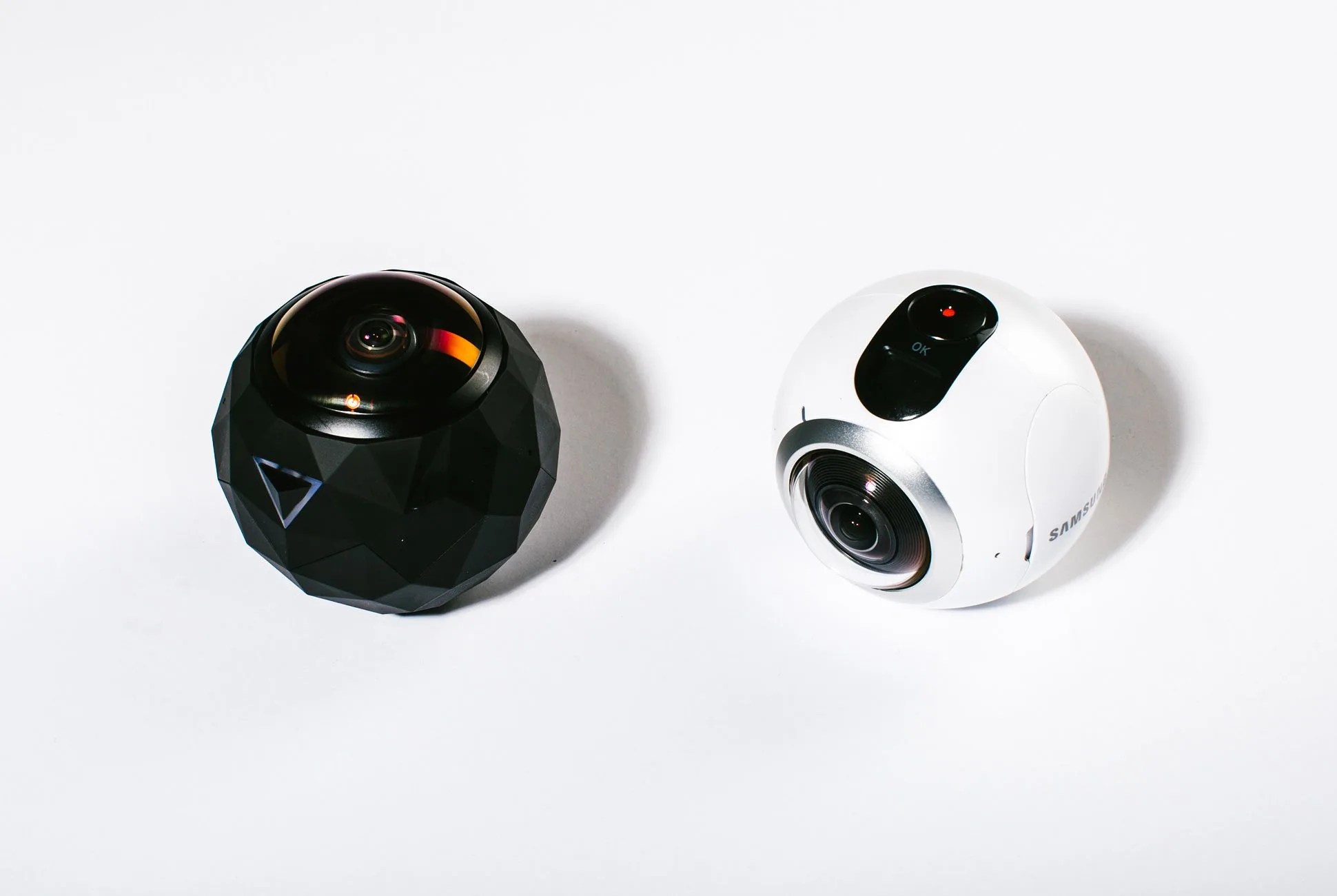Action cameras have the power to captivate: to turn anybody, not just professional surfers or sponsored adrenaline junkies, into creators of high-quality, visceral entertainment. People have attached them to the wings of fighter jets, flown with them to space and the oceans’ depths, and they’ve been locked in dishwashers and strapped to eagles (and dogs). If you can imagine it, action cameras have been there to capture it all.
But by early 2016, traditional action cameras had lost some of their luster. The novelty wore off, smartphones with waterproof/shockproof cases took over, and innovation in the field beckoned. And so, quickly, action cameras were then aimed in a totally new direction, one that smartphones and traditional cameras can’t follow: they’re now shooting in 360 degrees.
There are three real markets for 360-degree cameras. Professional-quality “made-for-VR” cameras, like the Jaunt One, Nokia Ozo and the Lytro Immerge, aren’t meant for the mass market. The Lytro, for one, costs nearly as much as a Tesla Model S. Then there are consumer-level, no-frills 360 cameras that just capture 360 footage, like the Ricoh Theta and LG 360 CAM (used by people capturing all the mayhem of Times Square or Coachella), cameras good for everyday users doing “normal” things — not action-based. And that leads to the third category, the dedicated 360 action cameras, rugged enough to take on any adventure. This is what will replace your GoPro Hero4.
Peter Adderton, CEO of 360fly, remembers the first time he used a 360-degree action camera, while mountain biking with a friend. “I saw him. I saw him crash and I could spin around and see my reaction,” Adderton said. “It was at that point that I had this come-to-Jesus moment: ‘If you can capture everything, why wouldn’t you?’” 360fly released the 360fly 4K, the second generation of their original 360fly HD, in 2016. The company, founded by several scientists from Carnegie Mellon’s robotics lab, claims it’s the world’s only single-lens 360 action camera that shoots in 4K. (For comparison, the recently released Samsung Gear 360, which shoots in just under 4K, is a dual-lens action camera.)
One advantage of a single-lens system, like the 360fly 4K, is that they make it significantly easier to share footage. If you’ve practiced with the 360fly 4K, you can shoot, edit and share footage in under 60 seconds. The single-lens system provides a smaller overall image size and there’s no artificial stitching. The one downside: it doesn’t capture true 360-degree footage. It can capture 360 degrees horizontally, but only 240 degrees of vertical field of view (the camera itself obscures the remaining 120 degrees).
Inside the 360fly 4K

